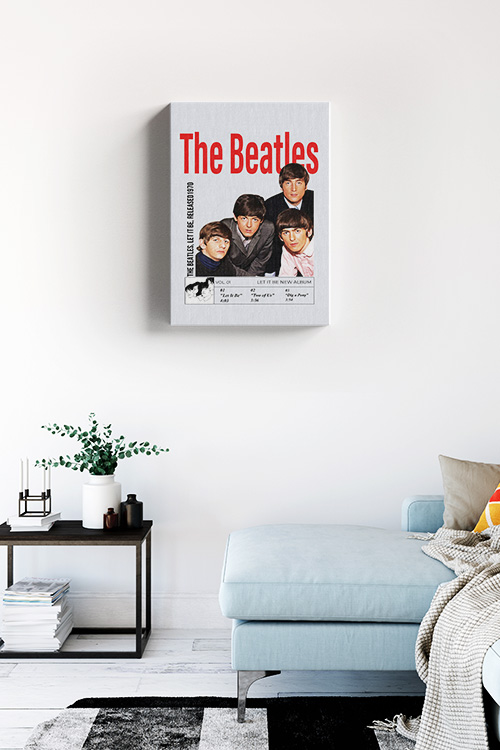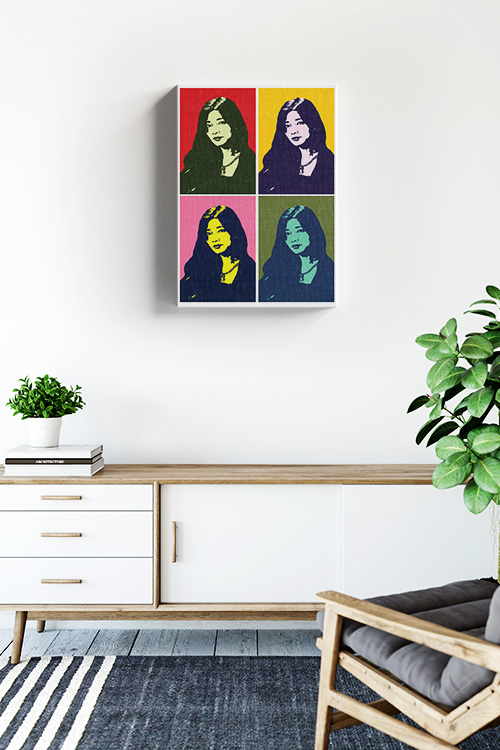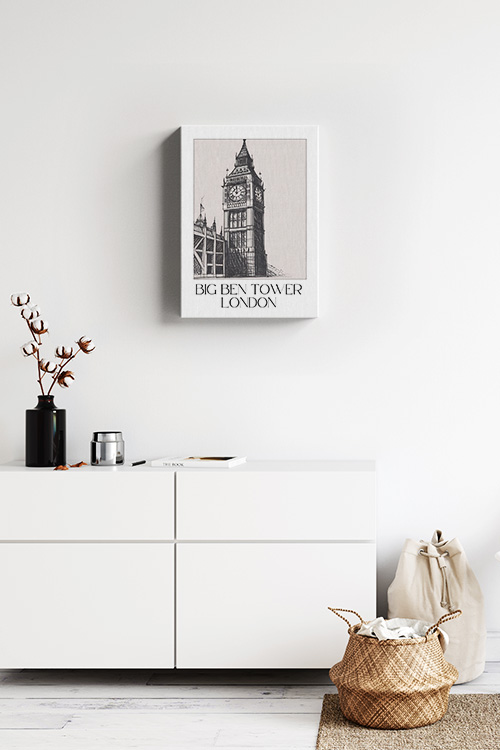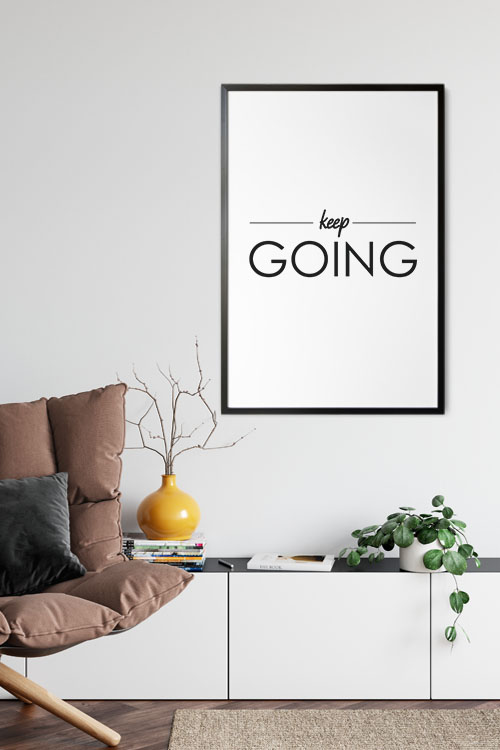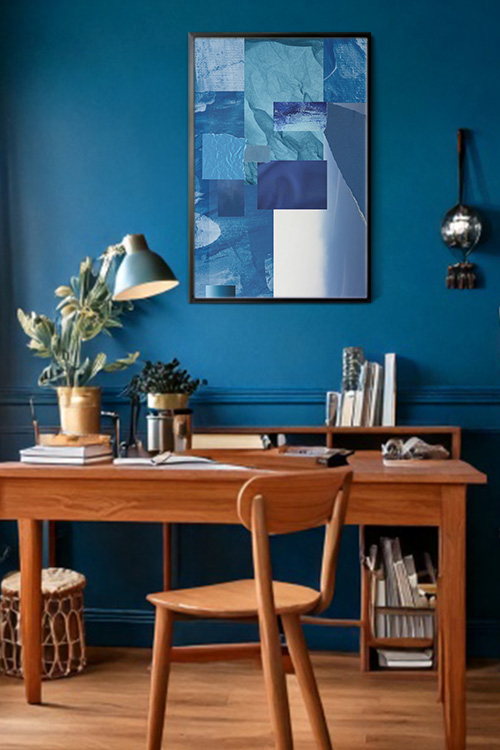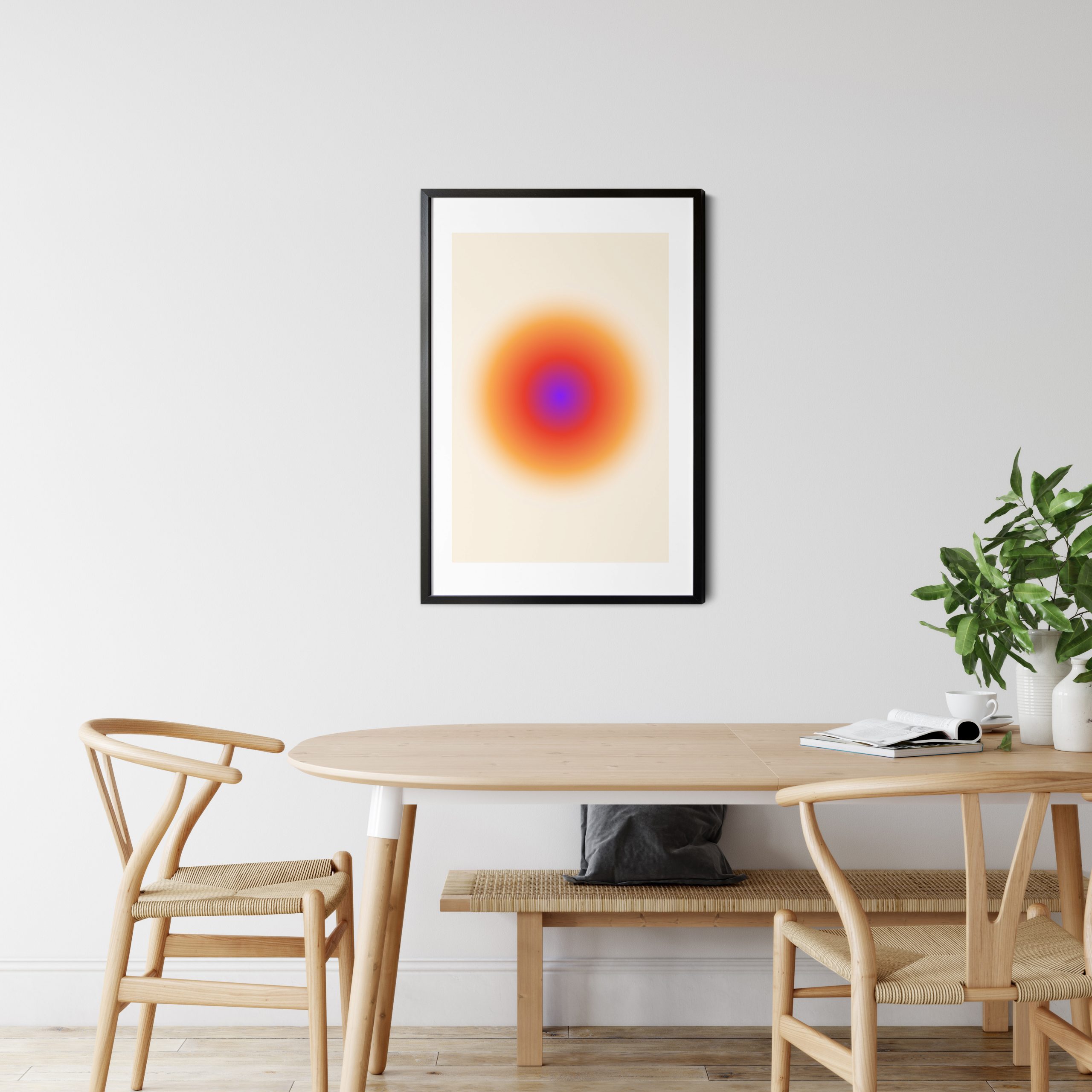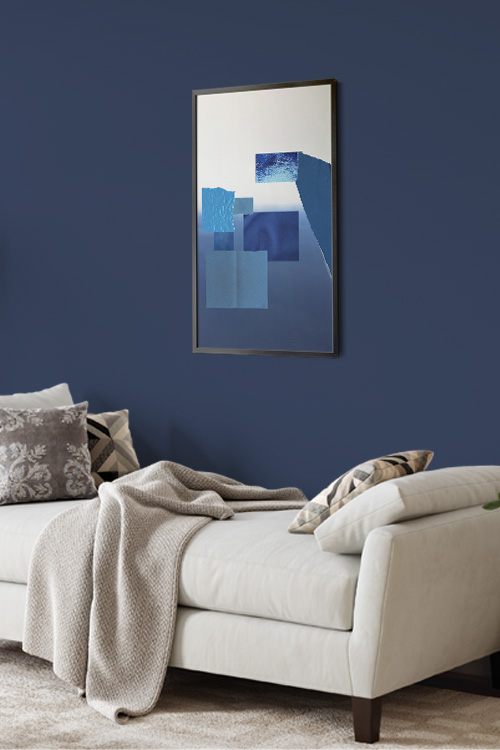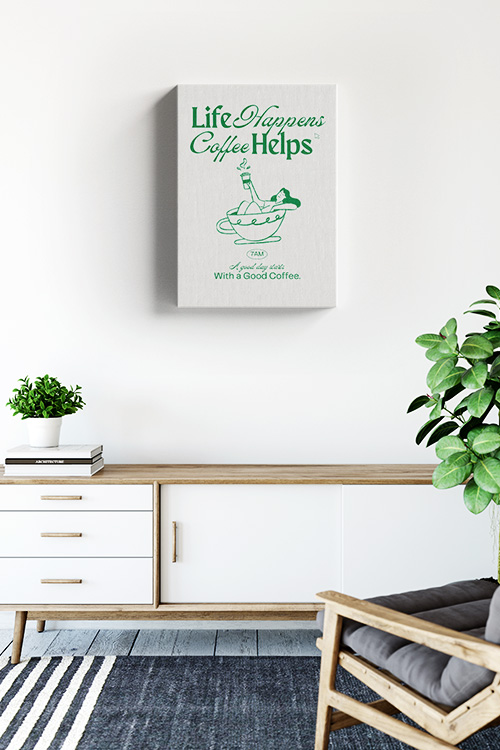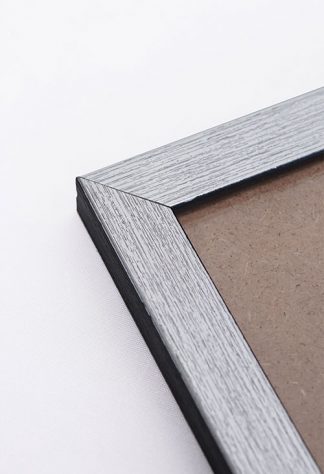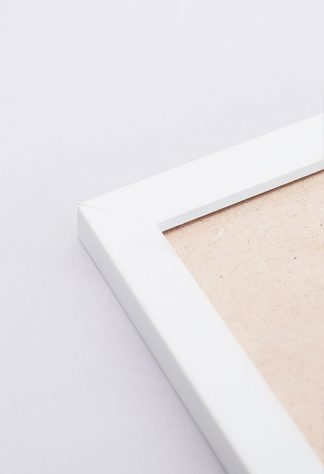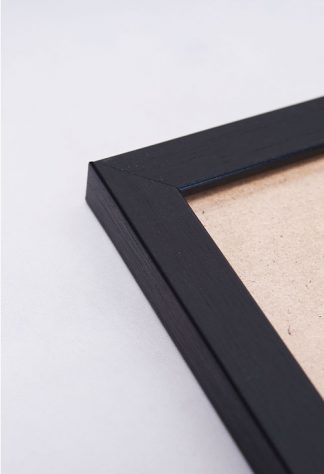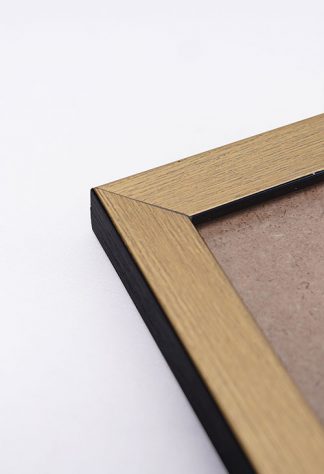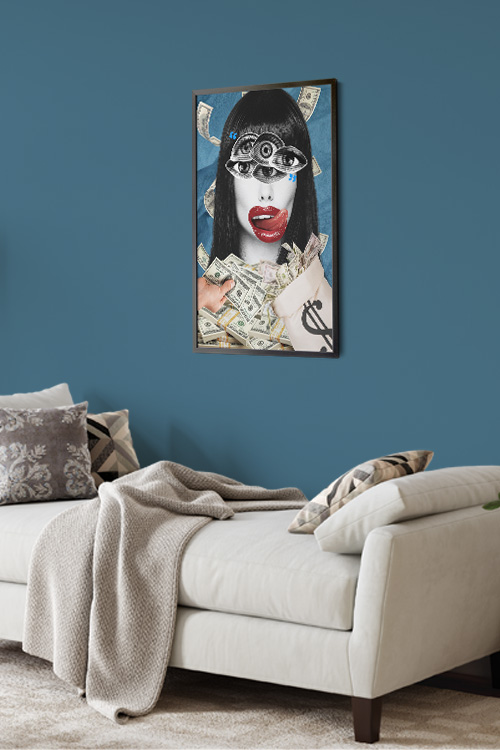
Creating a beautiful and functional living space involves more than just choosing furniture and colors. It requires careful planning and avoiding common pitfalls that detract from your design goals. Whether revamping a room or starting from scratch, here are some key interior design mistakes to remember.
Ignoring Functionality
Aesthetics are important, but functionality should never be sacrificed. It’s crucial to ensure that furniture placement allows easy movement and that each space serves its intended purpose without compromise. This emphasis on functionality will reassure homeowners that their design choices are visually appealing, practical, and user-friendly.
Overlooking Lighting
Lighting can make or break a room. Avoid relying solely on overhead lights. Incorporate task and ambient lighting for work areas to create a warm, inviting atmosphere. Natural light should also be maximized where possible. This emphasis on lighting will inspire readers to experiment with different lighting options and create a cozy atmosphere in their homes.
Cluttered Spaces
Resist the urge to overcrowd rooms with furniture and decor. A cluttered space feels chaotic and can diminish the impact of individual pieces. This emphasis on the adverse effects of clutter will motivate readers to embrace minimalism and let each piece shine, creating a more serene and impactful living space.
Neglecting Scale and Proportion
Furniture that’s too large or too small can upset a room’s balance. Consider the size of your space and choose furnishings that complement its proportions, ensuring a harmonious layout.
Ignoring Cohesive Design
While eclectic styles can work, a lack of cohesion can lead to visual chaos. Aim for a unified design theme with consistent color palettes, materials, and styles throughout your home.
Disregarding Personal Style
While trends can be inspiring, your home should reflect your personality and lifestyle. Don’t forget to incorporate personal touches and meaningful items into your decor. For instance, consider displaying souvenirs from your trips if you love traveling. If you’re a book lover, create a cozy reading nook with your favorite books and a comfortable chair.
Skimping on Quality
Invest in quality pieces that will last. Cheap materials and hastily assembled furniture can detract from the overall look and feel of your home.
Forgetting the Details
Small details like hardware, trim, and finishes can elevate a room from ordinary to exceptional. Pay attention to these finishing touches to achieve a polished and sophisticated look.
Misjudging Paint Colors
Paint can dramatically transform a space, but choosing the wrong color can be disastrous. Test paint samples in different lighting conditions before committing to a shade.
Overlooking the Importance of Flow
A well-designed home has a natural flow that guides you seamlessly from one area to the next. This means there should be a logical and comfortable transition between rooms, and each room should complement the others in terms of style and function. Ensure adequate space for movement and that each room connects harmoniously with the next.
In a Nutshell
In conclusion, avoiding these common interior design mistakes can help you create a home that is visually appealing, functional, and reflective of your style. By carefully planning each element of your design and paying attention to detail, you can achieve a beautiful and inviting space that truly reflects your unique taste and preference.
